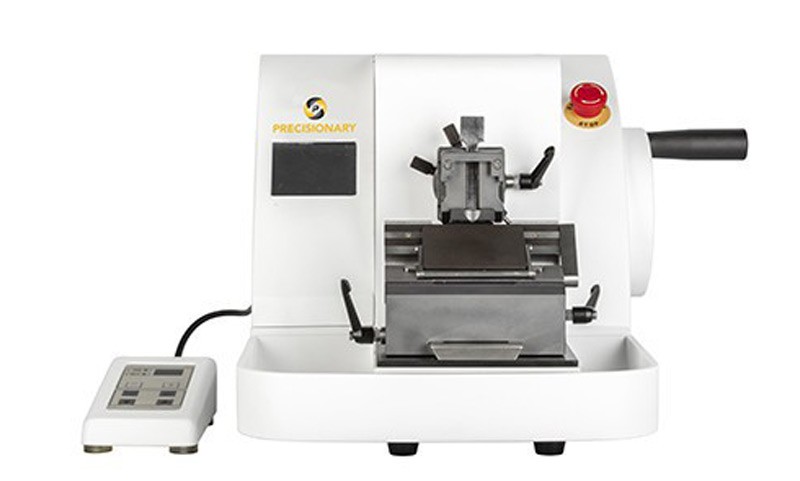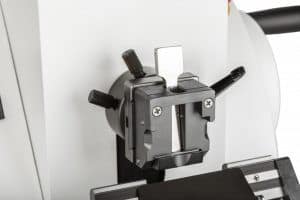Dr Astero Klampatsa (PhD) is a Team Leader in Cancer Immunotherapy at the Institute of Cancer Research, London, UK and a Senior Lecturer in King’s College London, UK. She focuses on developing novel CAR T cell therapies for mesothelioma and lung cancer, as well as the immunobiology of these malignancies for identification of markers of response to immunotherapy. In this webinar, Dr. Klampatsa will discuss how the Compresstome® was used to create precision-cut tumor slices (PCTS) as an ex vivo model for immunotherapy research.


























